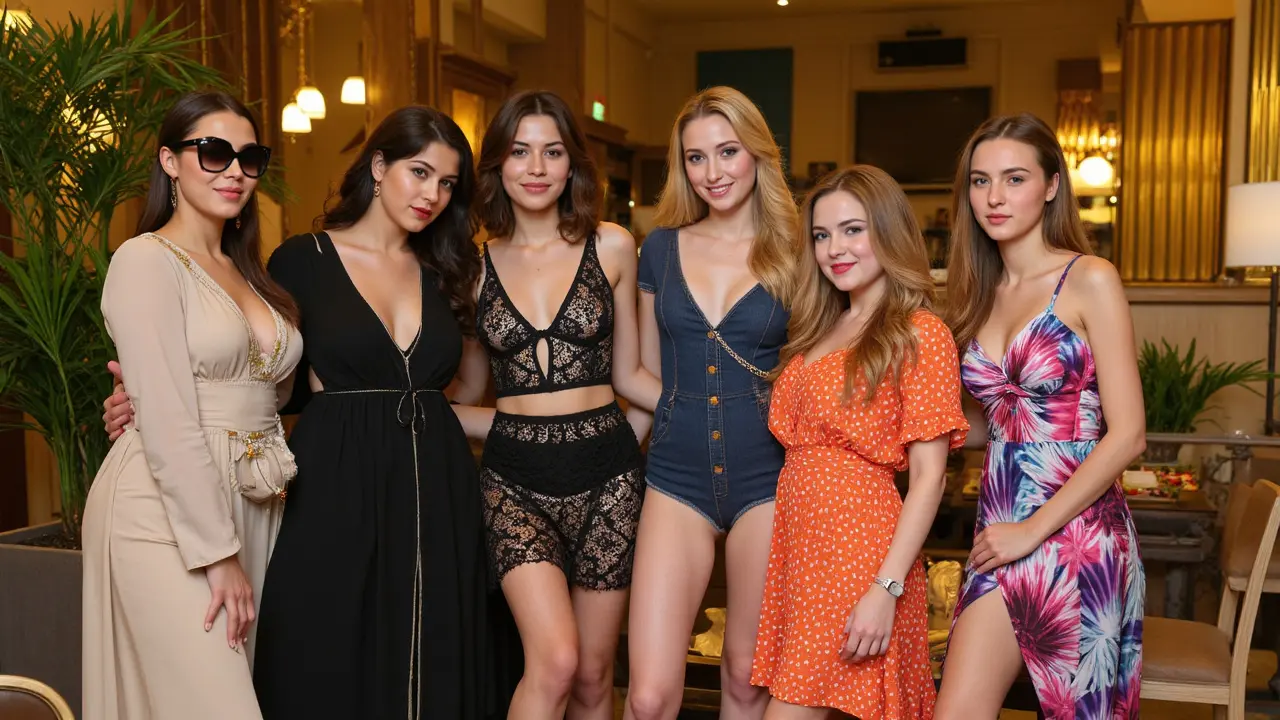Style Comparison: What Every Model Should Know
Ever wondered why a runway model looks so sleek while a commercial model feels more relaxed? The answer is not magic – it’s a set of wardrobe choices, grooming habits, and styling tricks that fit each job. Below we break down the most common looks, compare them side‑by‑side, and give you easy steps to copy the vibe that fits your next shoot.
Everyday vs. Editorial: The Core Differences
Everyday (commercial) looks aim for relatability. Think soft tees, jeans, simple accessories, and natural makeup. The goal is to make the audience think, "I could wear that tomorrow." You’ll notice looser fits, muted colors, and an emphasis on comfort. When you pack a commercial bag, you’ll usually include a basic plain tee, a pair of well‑fitted denim, a neutral cardigan, and minimal jewelry – all items that blend into daily life.
Editorial (high‑fashion) looks are about drama. Designers want you to showcase bold silhouettes, avant‑garde fabrics, and striking makeup. The color palette can range from stark monochrome to vivid neon, and the clothes often feature exaggerated cuts or unusual textures. In an editorial bag, you’ll see a statement coat, sculptural shoes, a dramatic eye‑makeup kit, and maybe some accessories that double as art pieces.
To switch between the two, start with the base pieces. Use a neutral base (white tee, black leggings) and add either simple sneakers for commercial or a couture belt and high‑gloss lip for editorial. The transition only takes a few accessories but changes the whole mood.
Plus‑Size vs. High‑Fashion: Finding the Right Fit
Plus‑size modeling has exploded in recent years, and the style game is evolving fast. Plus‑size looks focus on highlighting curves with fitted yet comfortable garments. Think wrap dresses, structured blazers, and high‑waisted bottoms that create balance. Soft, draped fabrics work great, but don’t shy away from body‑contouring pieces that add shape.
On the other hand, high‑fashion for straight‑size models often embraces extreme tailoring. Sharply cut jackets, sculpted bodysuits, and daring cut‑outs dominate runways. The fit is precise, and the silhouette is sculpted to the body.
When you’re preparing a wardrobe for a plus‑size shoot, pack items that accentuate your waist, like a cinched belt or a peplum top. Pair them with sleek heels that elongate the leg. For a high‑fashion slot, bring a tailored blazer, a minimalist jumpsuit, and statement shoes that match the designer’s vision. The key is to understand the line’s intent – is it celebrating curves or emphasizing architectural lines?
Another tip that works across all styles: always carry a versatile piece that can be dressed up or down. A classic black dress, for example, can be paired with a denim jacket for a commercial vibe or with a metallic clutch and bold earrings for an editorial spread.
Bottom line? Style comparison isn’t about picking a “better” look – it’s about matching the right outfit to the right job. Identify the core goal (relatability, drama, curve‑celebration, or structure), pull the essential pieces, and use accessories to flip the mood. With a well‑thought‑out bag and a clear vision, you’ll be ready to nail any look the photographer throws your way.
Which Type of Girl Look More Attractive? Hot Models and Popular Looks
Curious about which type of girl look catches the most attention? This article breaks down popular style trends among hot models and explains what makes each look stand out. We’ll dig into why certain features are seen as attractive and how personal style can turn heads. You’ll discover the main types of model looks, practical tips for owning your best features, and ways to boost your confidence. Whether you want to know what’s trending or just curious about how attraction works, you’ll find it all here.
